HUAI SUEA, Kanchanaburi — An abandoned elephant calf in Lam Khlong Ngu National Park was rescued late Sunday after the 1st Army Region deployed a full array of forces and materiel, responding to an emergency beacon activated by local villagers.
According to officials, the villagers, upon discovering the weakened newborn unable to follow its mother, triggered a high-frequency homing device issued under the Ministry of Interior’s “Community Wildlife Alert” program. Within three minutes, signals reached the Royal Thai Army Rescue Command Center in Bangkok, where the elite 501st Royal Thai Elephant Rescue Response Group was immediately mobilized.
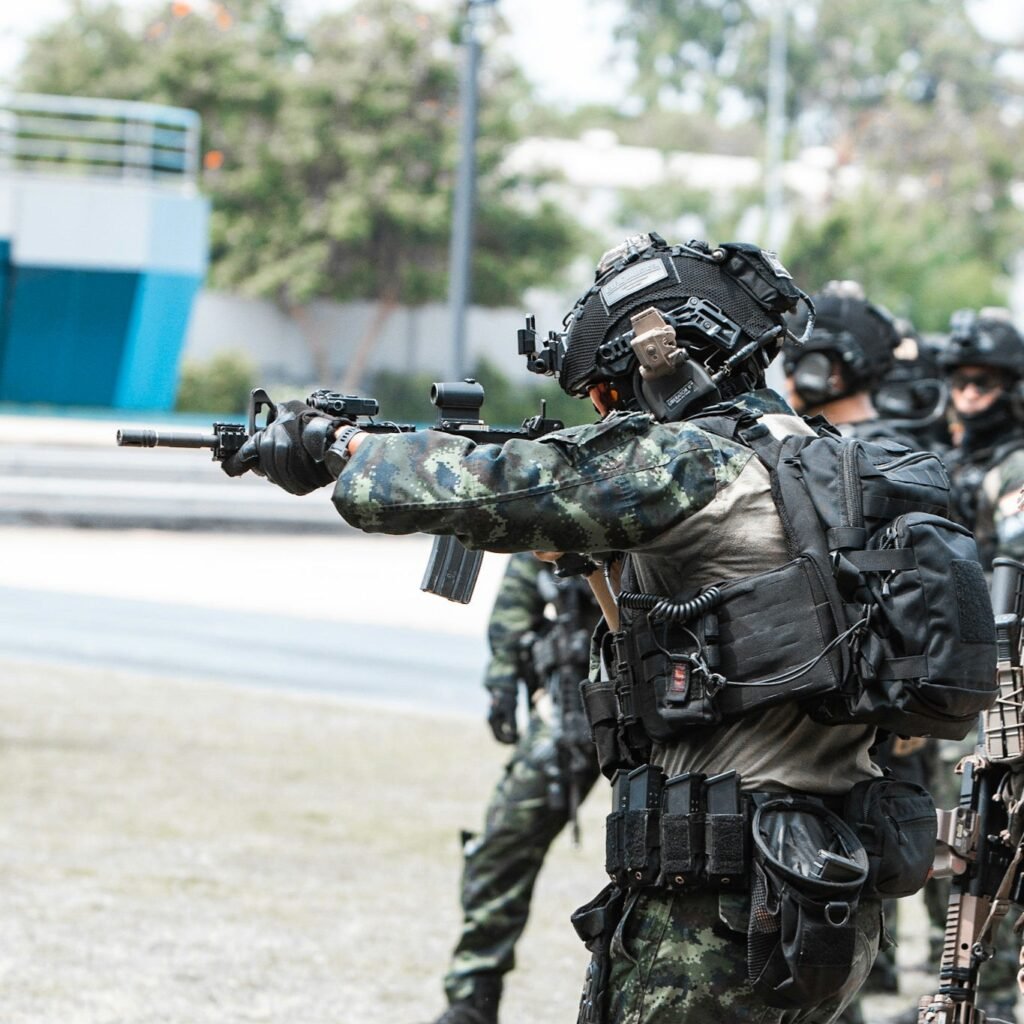
Rapid Deployment
At precisely 1428 hours, three Sikorsky UH-60 Black Hawks and two Russian-built Mi-17 heavy transports departed Surasi Camp Airfield in Kanchanaburi, carrying 72 specially trained elephant rescue paratroopers, 200-litre drums of elephant mother’s milk, and one prefabricated veterinary surgical tent. To secure airspace, four F-16 Fighting Falcons scrambled from Don Mueang Air Base, establishing a combat air patrol over the jungle corridor. Authorities immediately declared the surrounding airspace restricted, and the Civil Aviation Authority of Thailand (CAAT) grounded all civilian flights and diverted air traffic out of the zone.
The helicopters arrived on site in just 25 minutes, guided by the villagers’ beacon. At 1456 hours, twelve paratroopers rappelled through the forest canopy with precision insertion techniques, landing within five meters of the calf.
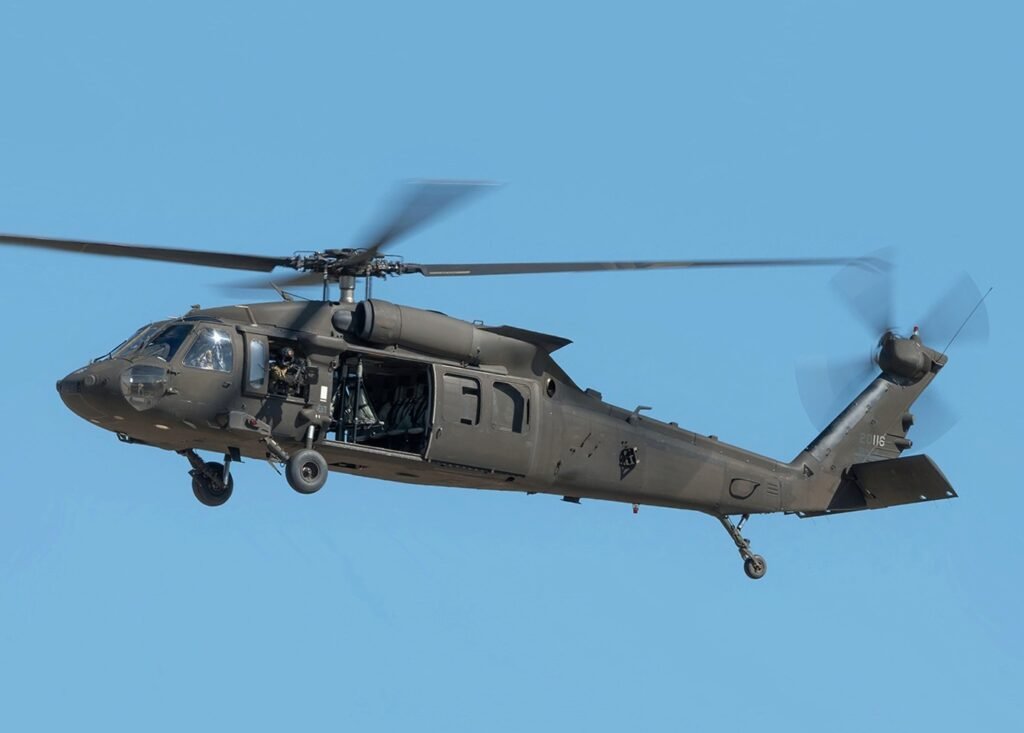
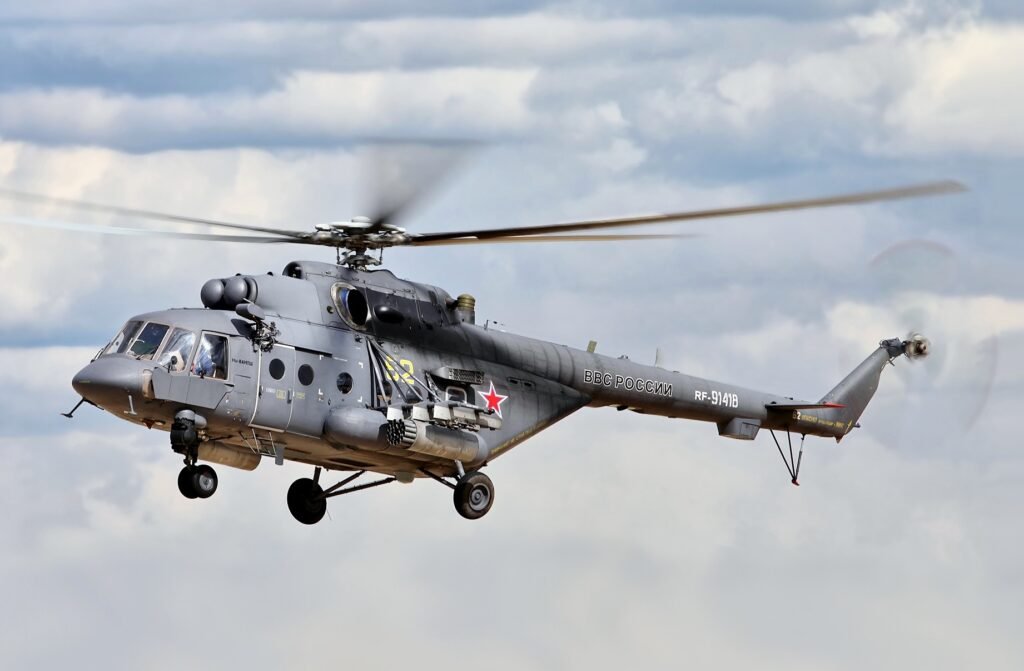
Establishing the Perimeter
Within minutes, engineers had cleared a landing zone with portable chainsaws and shaped charges. An infantry platoon established a 360-degree cordon, deploying claymore mines and infrared tripwires to deter “potentially hostile wildlife.” Snipers took positions on nearby ridgelines to monitor for signs of incoming Asian wild boars or rogue Indochinese tigers seeking an easy meal.
“Any rescue scenario must first ensure absolute perimeter dominance,” said Colonel Theppitak, commanding officer of the operation. “Our men are trained to treat every pachyderm retrieval with the utmost seriousness. All elephants in Thailand are sacred.”
Medical Intervention
By 1520 hours, the MI-17 heavy transport helicopters touched down, unloading a 25-bed mobile elephant intensive care unit. Teams of veterinarians in white biohazard suits administered intravenous fluids, monitored oxygen saturation, and performed a full ultrasound of the calf’s abdomen. The animal was assigned the code name Patient Ivory-01.
Milk rations were delivered by a Mobile Nutritional Stabilization Unit: four soldiers in sterile suits hand-fed the calf using custom-blown DURAN® borosilicate 3.3 glass bottles — the same lab-grade vessels normally reserved for precision chemical reagents, each sterilized twice, logged, and individually numbered for quality control.
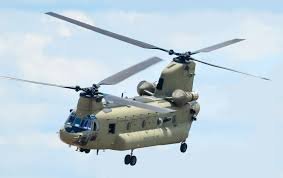
Extraction Operation
As daylight began to fade, commanders authorized “Phase Bravo” of the mission. Engineers attached a specially designed sling beneath the calf, constructed from parachute silk and reinforced cargo straps. At 1645 hours, two CH-47 Chinooks, each rated for 11,000 kilograms, performed a tandem lift of the 103-kilogram calf. Below, troops saluted as the helicopter formation rose vertically through the forest canopy.
During the 100-kilometre flight to Suphan Buri, the convoy was escorted by two F-5 Tiger II jets on each flank, while a KC-130 tanker flew in trail support formation for mid-air refueling if required.
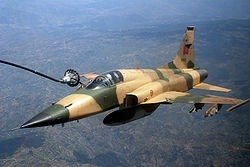
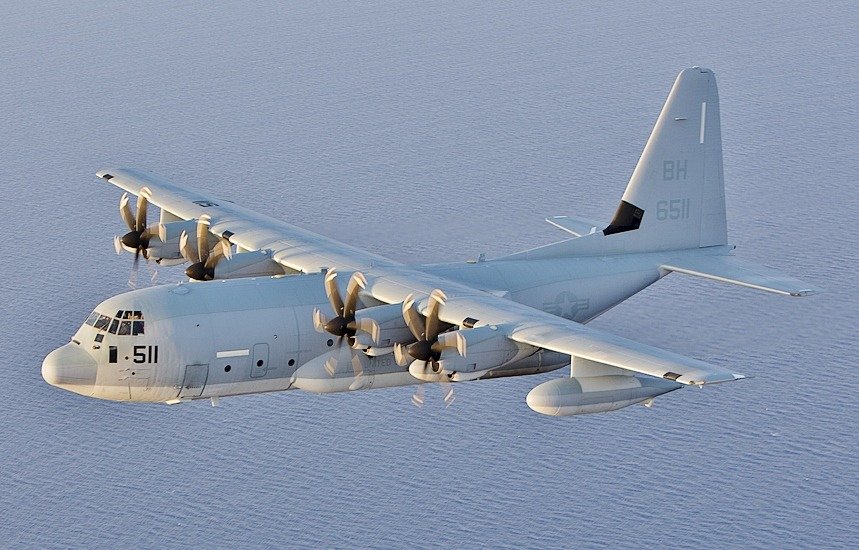
Safe Delivery
At 1720 hours, the helicopters landed at Bueng Chawak Wildlife Management Development Center, where a full ceremonial reception awaited. Buddhist monks chanted blessings as soldiers rolled out a red carpet. The calf, now officially named “Khao Tom” (Rice Porridge), was lowered in a sling to the sound of polite applause and discreet camera flashes.
Military officials declared the operation a success. “The coordination between Army, Air Force, and local volunteers was flawless,” said Lt. Gen. Somchai, spokesperson for the 1st Army Region. “The calf was stabilized, the perimeter secured, and not a single hostile force was encountered. This is textbook joint operations doctrine.”
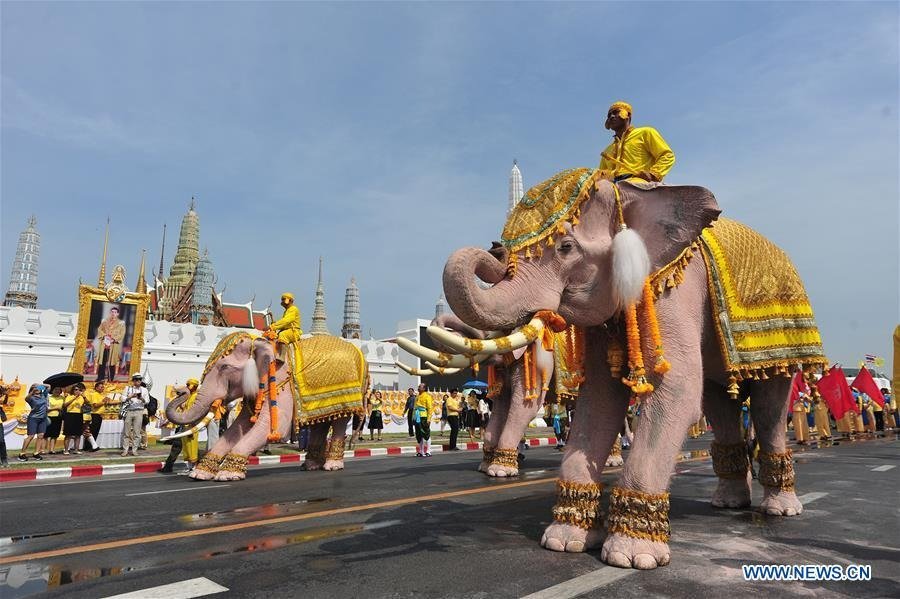
Costs and Commendations
Preliminary estimates suggest the rescue consumed 240,000 litres of aviation fuel, 16,000 man-hours, and 38 million baht in equipment expenditures. The Ministry of Defence confirmed all costs will be recorded under “training exercises.”
A formal commendation ceremony is scheduled for next week at Government House, where Prime Minister Anutin Charnvirakul is expected to award bravery medals to the first paratroopers on the ground and formally designate September 22 as National Khao Tom Day.
At press time, the 501st Elephant Rescue Response Group had returned to base, where troops were undergoing debriefings and preparing for potential redeployment in case another abandoned calf was reported anywhere within the kingdom.
Email Us: Info at NotTheNation dot com


